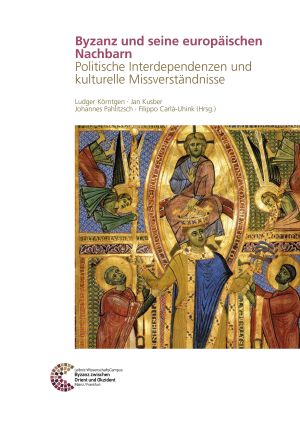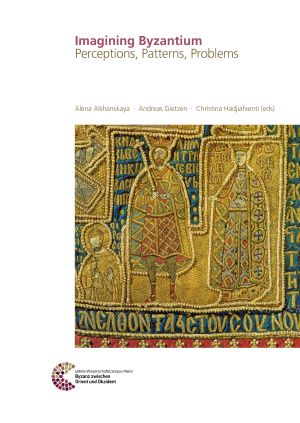Kusber, Jan
Byzanz und seine europäischen Nachbarn: Politische Interdependenzen und kulturelle Missverständnisse
On the one hand cultural misunderstandings represent a prerequisite for intercultural communications, on the other hand they can also be understood as a method or result of interculturalism and transcultural relationships. In this process there are unthinking as well as provoked and politically manipulated misunderstandings, or rather alleged misunderstandings, which disguise real political or church political conflicts of interest. In addition, there are misunderstandings in research which sometimes states a misunderstanding too quickly, where logic and context are not immediately evident. Such misunderstandings dictated the political-cultural pattern of relationships among the Byzantine Empire, the Latinised West and Slavic world, who all regarded themselves as parts of ecumenical Christianity and who stood in close political and cultural contact over many centuries. In the present book proponents of history, Byzantine studies, art history and theology apply themselves to the analysis of this phenomenon.
Imagining Byzantium: Perceptions, Patterns, Problems
Byzantium the other. Byzantium the pompous. Byzantium the eternal. The mere existence of this empire with his rich history and otherness from western European traditions spurred the minds of scholars, noblemen, politicians and ordinary people throughout its survival and long beyond its final downfall in 1453. Neglecting its great political and cultural influence on neighbouring countries and beyond, Enlightenment writers stripped Byzantium of its original historical reality and thus created a model, which could be utilised in very different constructs, stretching from positive to absolutely negative connotations. With the rise of new nationalisms, primarily in Eastern and Southeastern Europe, and the associated politically inspired historical (re)constructions in the 19th and 20th century, the reception of Byzantium gained new facets, its perception reached into new dimensions. In this volume, we would like to shed some light on these patterns and the problems they entail, and show the different ways in which »Byzantium« was used as an argument in nation-building and in constructing new historiographical narratives, and how its legacy endured in ecclesiastical historiography.








